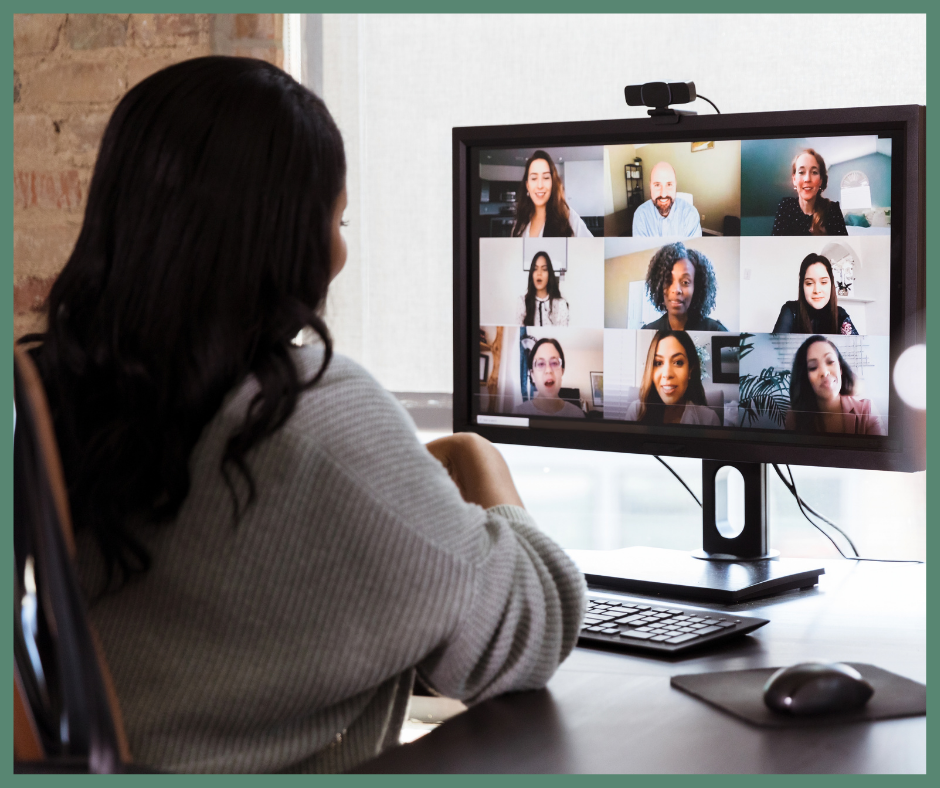Research Article Review for the Online Classroom
Posted:Thursday, June 11, 2020
 By Douglas Nelson, LMT, BCTMB
By Douglas Nelson, LMT, BCTMB
From time immemorial, educators have sought ways to keep students engaged and assess whether learning objectives are met. The COVID-19 pandemic has brought new challenges to educational engagement requiring new instructional strategies.
During the COVID-related shift to online education, I had the pleasure of helping massage therapy instructors from three different schools explore a research article activity with their students. The activity was well-received by the students and helped them dive into the research world in a fun and non-threatening way. My hope is that other educators may also find it useful in the online classroom.
To begin, select a research study or case report for students to read before meeting online. The selection of an appropriate paper is important. If the paper is a research study, pick one that is concise and where the data analysis is not inordinately complex. Equally important is choosing an article topic that the students will find of interest or at least relevant to the practice of massage therapy. Case reports tend to be easier to explore and are generally far more readable than more complex research studies. There are many excellent examples of peer-reviewed case reports available at no cost through the International Journal of Therapeutic Massage and Bodywork website (www.ijtmb.org).
Before class, read the article and consider the questions you would like students to explore. In the classes that I did, I asked students to read the article first and decide what the important points were. This type of student reflection often leads to some surprising insights! Consider having the students explore the following questions before class:
- What were the overall strengths and weaknesses of the paper?
- What population was served? How often and for how long were the treatments?
- In a research paper, how many people were in the study?
- How thorough was the description of the massage performed? Could you replicate it?
- Looking at the reference section, was it clear where the author’s ideas came from? Could those references lead to further exploration?
- What were the important findings? Did anything surprise you?
- When and how often did they measure results? Any longer term follow-up?
- Are these findings relevant to general practice? How solid is your confidence in these findings? Should further research should be explored?
- In the Discussion section, do you agree with the author’s insights?
- If you had a chance to redo the study, what changes would you make?
It can be helpful to use an online classroom platform that allows you to split your students into multiple small groups. This often makes it easier for everyone to contribute and have a voice. To explore some of the questions outlined above, I split students into small groups of approximately six students per group. Each group was given two or three of the aforementioned questions to explore within a defined period of time. Each group should designate a note taker to record the group’s findings.
When the whole class reconvenes at the end of the designated time, a representative from each small group should share their group’s insights. The students can then be split into small groups again to explore different questions. I found that randomizing the groups after each split helped keep students fresh and fully engaged.
Somewhat inexplicably, my experiences breaking students into small groups to discuss research questions in a virtual format surpassed my previous experiences mediating this activity in a face-to-face format. On a whole, it felt that more students were contributing a deeper quality of insight. Rather than instruction consisting of an educator speaking to students, the students were at the forefront, gaining the confidence to speak up, ask questions, and propose new insights. It is my hope that this activity can help more students to explore the world of research in a meaningful way.
What Did Participants Have to Say?
The COVID-19 pandemic has greatly affected the way we provide massage therapy education. This learning experience helped to deepen the students understanding of the article as well as the importance of research in the field of massage therapy. Evidence-based practice is necessary in making decisions about how to care for massage therapy clients. This class was an experience that will contribute to how students approach treatment and work to share knowledge gained from practice.
Tamala Everett, MSW, LMT, BCTMB
Program Director, Massage Therapy
Parkland College, Champaign, IL
I now feel confident interpreting and understanding the important concepts of a case study. This is an important skill that will prepare me for when I become a professional massage therapist. This experience has made me consider doing a case study because it taught me that when we develop a good technique and we have good outcomes with our patients, it is important to share this valuable information in detail to fellow LMTs so that they can also positively impact the lives of others.
Alejandra C.
Student Participant
